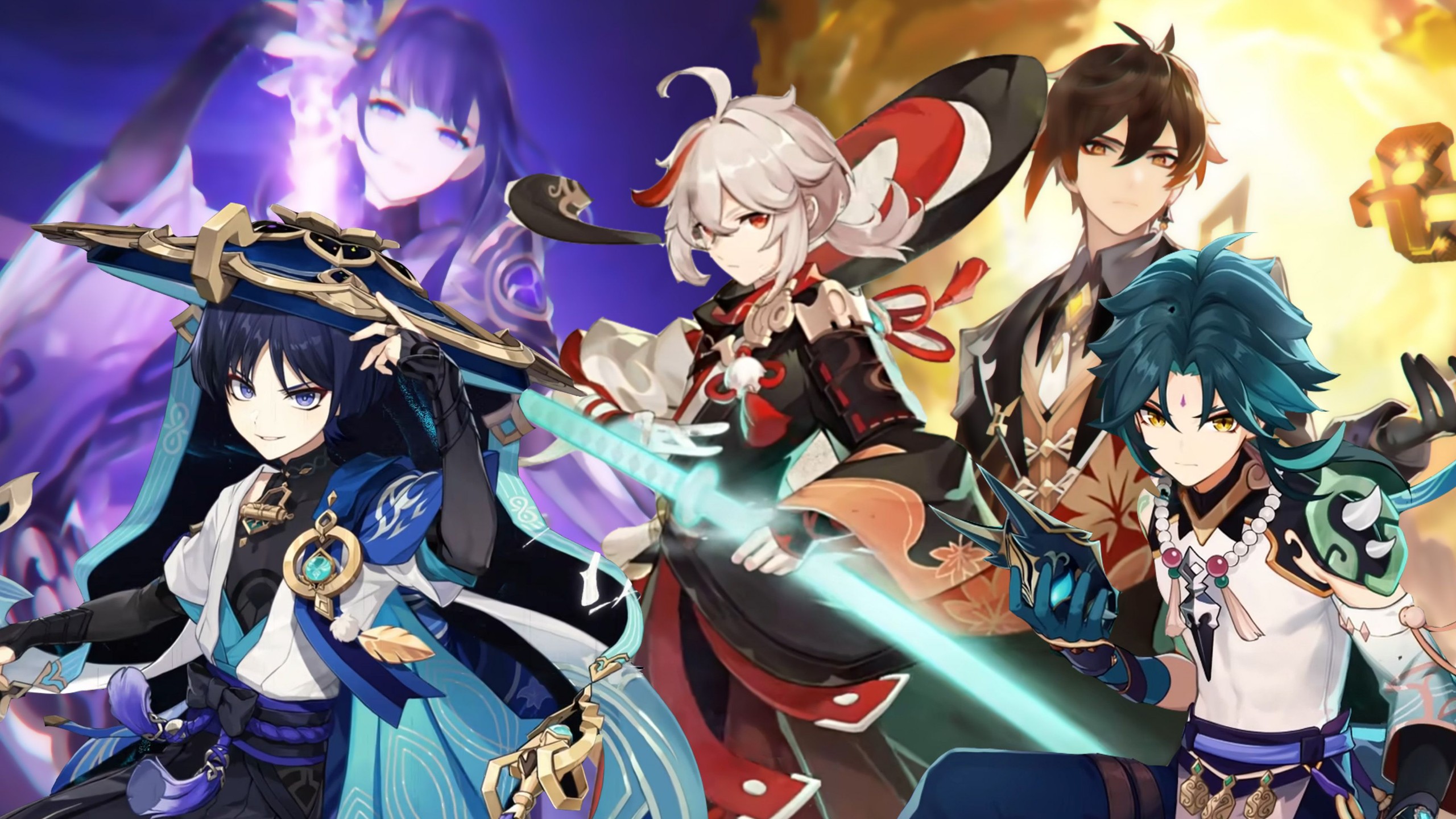Imagine launching your latest mobile RPG into a region teeming with 270 million gamers, where smartphone penetration is skyrocketing and esports arenas draw crowds like rock concerts. That's Southeast Asia for you—a vibrant, diverse powerhouse in the global gaming scene. But here's the catch: without thoughtful adaptation, your game risks getting lost in translation, quite literally. As developers eye the Southeast Asia market, professional game localization emerges not just as a nice-to-have, but as the linchpin for turning curiosity into loyal players and steady revenue. In this piece, we'll unpack why niche language game translation and full-spectrum localization are game-changers, backed by real-world data and a standout success story.
The Untapped Goldmine: Southeast Asia's Gaming Boom
Southeast Asia isn't just playing catch-up; it's leading the charge in mobile gaming growth. With countries like Indonesia, Vietnam, Thailand, and the Philippines boasting young, tech-savvy populations, the region's games market is projected to hit US$14.79 billion in revenue by 2025. That's a hefty slice of the global pie, fueled by affordable data plans and a cultural affinity for immersive worlds—think endless hours sunk into battle royales or strategy epics during humid commutes in Manila or Jakarta.
What makes this market irresistible? Explosive growth rates. From 2020 to 2025, the sector clocked a compound annual growth rate (CAGR) of 8.6%, swelling from a $5 billion base to its current scale. Fast-forward to 2024, and we're looking at $9.03 billion already in the books, with forecasts pushing toward $9.33 billion by next year alone. Developers ignoring this? They're leaving billions on the table. Yet, success here demands more than a universal app store listing. Enter game localization: the bridge that turns a generic title into a cultural hit.
Localization: More Than Words on a Screen
At its core, game localization is about making your creation feel like home to players halfway around the world. Sure, translating dialogue is table stakes—niche language game translation for tongues like Bahasa Indonesia or Tagalog ensures players aren't fumbling with awkward English subtitles. But stopping there? That's like serving sushi with a fork. True professional game localization dives deeper, reshaping the entire experience.
Consider UI/UX tweaks: In high-context cultures like Thailand, where indirect communication reigns, button prompts might soften from blunt "Attack!" to a more playful nudge that aligns with local politeness norms. Cultural swaps are equally crucial—swapping cherry blossoms for frangipani in a fantasy setting, or replacing Western holiday references with Hari Raya greetings during Ramadan in Malaysia. And don't overlook slang: Infusing Gen Z lingo like "sus" with Southeast Asian flair ("gila lah" for "that's crazy" in Malay) can spark viral memes and community buzz.
These aren't fluff; they're strategic. Poor localization leads to confusion, drop-offs, and scathing reviews—think players rage-quitting over untranslated lore that kills immersion. On the flip side, seamless adaptations boost engagement by up to 30%, according to industry benchmarks, as players feel seen and invested. It's this holistic approach that elevates niche language game translation from a checkbox to a competitive edge in the Southeast Asia market.
Spotlight on Success: Genshin Impact's Southeast Asian Triumph
Nothing drives the point home like a real-world win. Take Genshin Impact, miHoYo's open-world gacha sensation. Launched globally in 2020, it exploded in Southeast Asia, but the real magic happened post-localization. In Indonesia—one of the region's gaming juggernauts with over 100 million players—the team didn't just translate; they localized with laser focus.
UI elements were resized for thumb-friendly mobile play, crucial in a market where 90% of gaming happens on phones during short bursts. Cultural nods? Elemental gods drew from Javanese mythology, while voice acting in Bahasa Indonesia used local accents to make characters relatable, not robotic. Slang integration turned chat logs into lively banter, echoing street-side kopi talks.
The payoff? Genshin raked in over $100 million in its first month from Southeast Asia alone, with player retention soaring 25% higher than in non-localized regions. Engagement metrics tell the tale: Daily active users in Vietnam and Thailand spiked, fueled by culturally resonant events like a Tet-inspired festival quest. This wasn't luck; it was localization unlocking emotional hooks that kept players grinding—and spending. For devs, it's a blueprint: Tailor for the Southeast Asia market, and watch downloads convert to dollars.
Unlocking ROI: How Localization Pays Dividends
Skeptical about the bottom line? The numbers don't lie. Localized games see revenue lifts of 20-50% in new markets, as they slash churn and amp up in-app purchases. Why? Enhanced immersion translates to longer sessions—players who vibe with the content are 40% more likely to whale on gacha pulls or cosmetics. In Southeast Asia, where free-to-play models dominate, this edge is gold: A localized title can boost lifetime value per user by 35%, directly padding your ROI.
Think of it as investing in a multiplier. Skip localization, and you're capping at English-speaking pockets; go pro, and you're scaling across 11 countries with 98.5 million potential gamers craving content in their mother tongue. It's not expense—it's expansion.
Teaming Up with Localization Pros: Why Experience Matters
Navigating this requires partners who get the nuances. That's where outfits like Artlangs Translation shine. With mastery over 230+ languages, they've honed a razor-sharp focus on translation services that extend far beyond text—think video localization, short drama subtitle adaptation, game localization, and even multilingual voiceovers for audiobooks and shorts. Over the years, their playbook has delivered standout cases, from esports titles conquering Thai streams to indie hits whispering secrets in Filipino dialects.
What sets them apart? Battle-tested expertise in the Southeast Asia market, where they've fine-tuned cultural swaps and slang infusions to drive player stickiness. Devs partnering with Artlangs aren't just translating; they're transforming games into regional anthems, backed by a track record of elevated engagement and revenue spikes.
Ready to Level Up in Southeast Asia?
The Southeast Asia market is calling—vibrant, voracious, and wide open for games that speak its languages, literally and figuratively. Professional game localization isn't a hurdle; it's your turbo boost to deeper connections, higher retention, and fatter wallets. Whether you're tweaking UI for Jakarta's hustle or dubbing quests in Hanoi accents, the right approach turns global ambitions into local legends.
Don't let your title fade into the background. Dive into niche language game translation today, and watch your ROI climb. Got a project brewing? Reach out to localization vets like Artlangs Translation—they've got the multilingual muscle to make it happen. Your next big win awaits.











